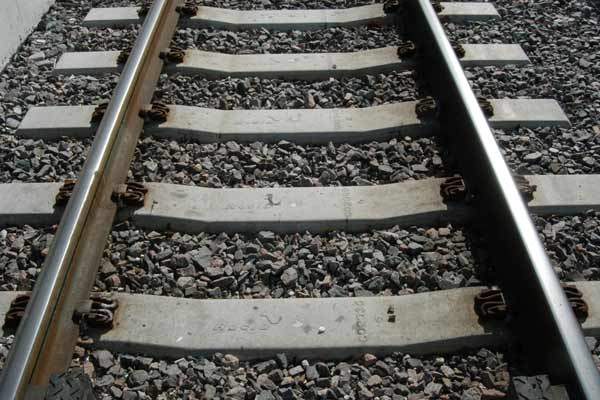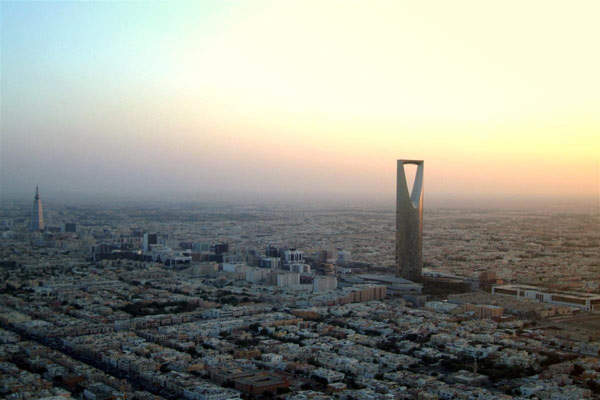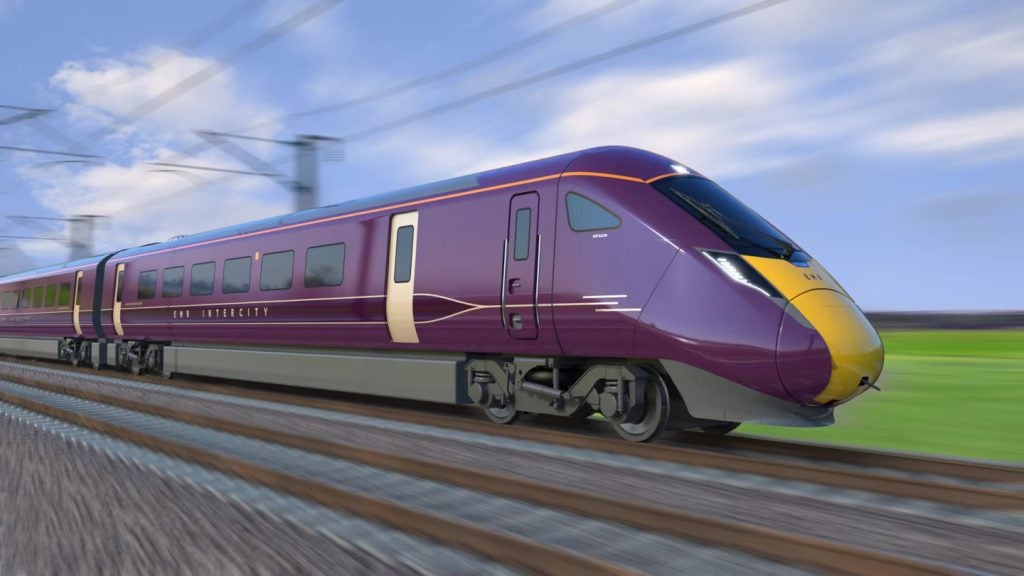The Saudi Landbridge Project is a part of the Saudi Railways Organization’s railway expansion programme. The project is one of the biggest in the region with an estimated investment of $7bn, and involves construction of 950km of new line between Riyadh and Jeddah and another 115km track between Dammam and Jubail.
It also involves upgrading of the existing link between Riyadh and Dammam. The Landbridge will be the first rail link between the Red Sea and the Gulf.
The Landbridge project is expected to have a significant impact on the transport potential of the country. It will allow freight of cargo imported from East Asian countries via King Abdul Aziz Port in Dammam, and from Europe and North America via Jeddah Islamic Port. This would result in more transit cargo and savings in regional freight economy.
The project was originally planned to be developed through a public-private partnership. In July 2008, the Saudi government licensed the establishment of Saudi Landbridge Company in order to expedite the completion and operation of the railway project.
On 21 April 2008, the Tarabot consortium, consisting of seven Saudi companies and Asciano of Australia, was selected as the preferred bidder for the 50-year BOT concession for the Landbridge project. Disagreements over financial terms caused the project to be put on hold.
In October 2011, the government decided to proceed with construction of the railway line as a state-funded project. Four consortia bid for the project, including Agility PWC Logistics Consortium, Mada Consortium, Saudi Binladin Consortium and Al-Muhaidib/ACWA (Tarabot) Consortium. As of February 2012, the preferred bidder has not been selected.
Functional details of the Landbridge
The Saudi Landbridge will primarily be a freight/container line interoperable with the North-South railway link. By 2015, the number of transportable containers on the Landbridge is expected to reach 700,000, with an increase of more than 100%. This implies that over eight million tonnes of freight cargo would be distributed in Saudi Arabia and the neighbouring countries.
The train will have the capacity to carry up to 400TEUs. It will also be involved in passenger transport and serve millions of passengers every year.
With the construction of the Jeddah-Riyadh rail link the time taken for passenger transport will be six hours instead of the current 10 to 12 hours via bus. For freight trains the maximum travel time will be 12 hours.
For the Riyadh-Dammam rail link, time taken will be two hours and 45 mins instead of the present four hours taken by train. For freight trains travel time will be six hours. The Dammam-Jubail link will take one hour for passenger trains and three hours for freight trains.
The design speed of passenger trains is expected to be 250km/hr and 140km/hr for freight trains. The operating speed of passenger trains will be up to 220km/hr and up to 120km/hr for freight trains.
The overall time taken for freight transport services from Jeddah to Dammam is expected to be just 18 hours instead of the current five to seven days taken by sea without transhipment or eight to nine days with transhipment.
There will be three freight and two passenger stations (at the airport and in the city centre) in Jeddah. The Landbridge is expected to carry 35-40 freight trains and five to six passenger trains per day.
Technicalities of the project
The Saudi Landbridge project will adopt cutting-edge technology for the development of the new rail links. The high-speed tracks will be compliant with the high-speed passenger trains and freight trains. Signalling technology will be compatible with European Raft Traffic Management System (ERTMS) level 2 and the project plans to have a centralised traffic control system (CTC).
The rolling stock will be diesel powered and hence low maintenance. It will be a single track with long sidings.
However, the infrastructure, including bridges, tunnels, embankments and drainage systems, will be dimensioned for a double track, enabling the addition of double track depending on traffic growth.
The axle load is expected to be 25t and the standard gauge will be of 1.435m. Minimum curve radius will be 3,500m in plain areas and maximum cant will be 150mm.










